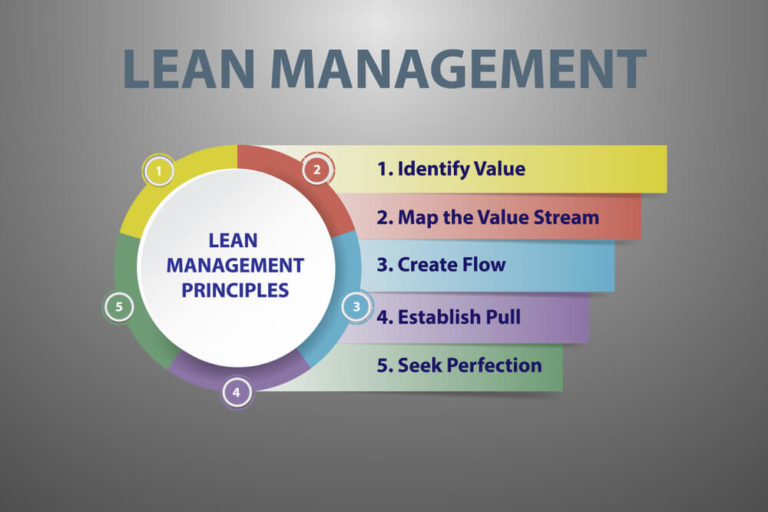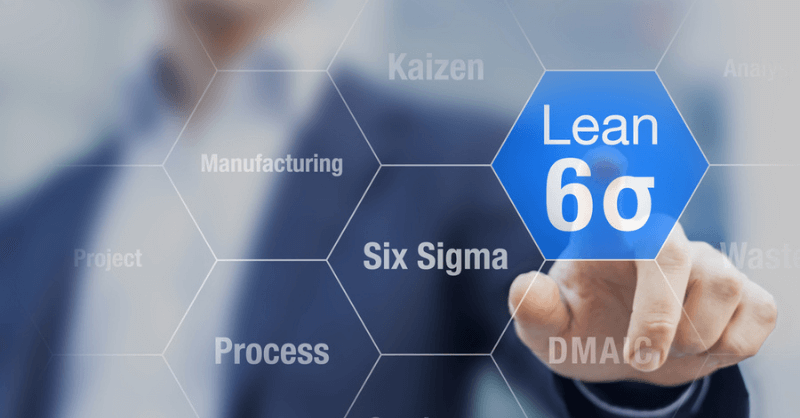
Lean manufacturing has long been thought to be a way to increase manufacturing productivity. But it can be extended to any sector or production process in any industry. Lean, for example, industries such as manufacturing, finance, healthcare, IT, and the military are using lean principles.
On a smaller scale, the concepts can even be used to organise your laboratory or workspace.
Toyota first developed lean as part of the Toyota production system. It was built around the work of Shewhart & Deming. Toyota was a client of Deming’s. Since then, the company based its operational management activities on his teachings. The removal of waste is the central tenet of Lean.
In reality, “a collection of tools that assist in the detection and continuous removal of waste” is a reasonable definition of the Lean approach. If a company, such as Toyota, engages in large-scale, high quantity manufacturing, a waste-involved method indicates that the company generates large-scale, high-quantity waste. This is something that no organization wants to do. Also, the Lean methodology analyses the company process with software.
In manufacturing, there are five fundamental lean principles.
Value
The needs of the customer often determine the value of a commodity. What is, for example, the production and distribution schedule? What is the starting point for the price? Furthermore, what are the other critical conditions or demands that must be fulfilled? This data is critical for determining meaning.
Map the Value Stream
After determining the value (end goal), the next step is to chart the “value stream”. It involves all the steps and processes involved in bringing a given product from raw materials to delivery to the consumer. Thus, value-stream mapping is a straightforward exercise. It describes all the activities that move a product or service through a process.
Design, administration, manufacturing, procurement, HR, distribution, and customer support are all examples of processes. The aim is to create a “map” of the material/product flow through the process on one page. Furthermore, to recognize any move that does not add value, make plans to get rid of them. Process re-engineering is another term for value stream mapping. You will have a greater understanding of the entire company process with this.
Flow
After removing waste, the whole department must become cross-functional. It makes sure the remaining steps in the manufacturing process remain free of delays. Altogether, this will lead to huge gains in creativity and efficiency.
Establish Pull
With improved flow, the time for marketing a product and delivering it to the customer is shortened down. Your customer can buy a product from you and get it delivered instantaneously in weeks. They don’t have to wait for months. Meanwhile, your company gets to cut back on the huge expenses of inventory. Because there is no need to stockpile resources or build the product in advance.
Thus, this step lets you cut back on production cost, making the price of the goods cheaper. In addition, this phase makes your customer more satisfied.
Seek Perfection
Getting through Steps 1-4 is a good start. However, the fifth stage is probably the most crucial. It helps incorporate lean thinking and process management into the company’s culture. As the gains continue to mount, keep in mind that lean is a dynamic framework. Hence, it needs relentless effort and diligence to perfect.
Every employee should be a part of the lean implementation process. Experts say a method needs to pass through value stream mapping multiples times. Then it will be considered an authentic lean process.


![]() 17 minutes
17 minutes


![]() 17 minutes
17 minutes